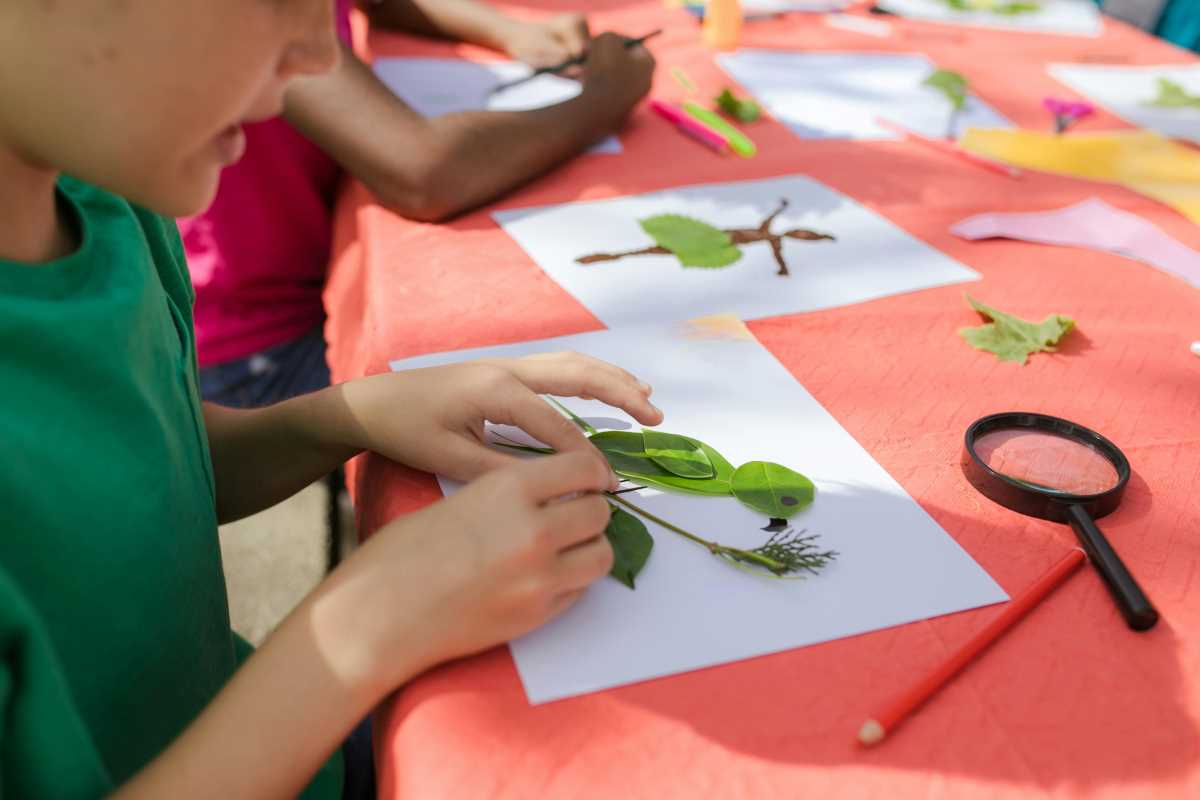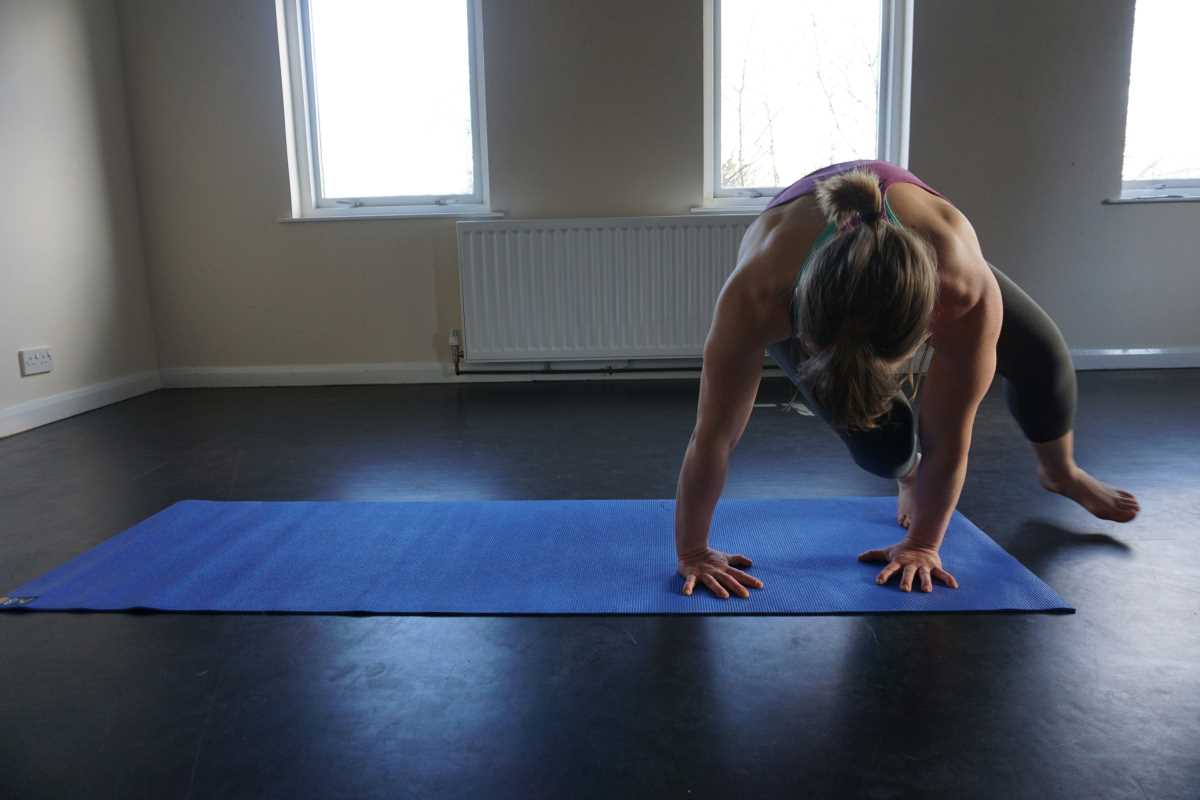A classroom can transform into a lively hub of learning and creativity, profoundly impacting students' educational journeys. When educators take the time to carefully design the classroom environment, they craft an inviting space that not only bolsters academic achievement but also sparks the imagination. This thoughtful approach fosters a setting where students feel motivated to think outside the box and collaborate with one another. By considering elements such as layout, decor, and resources, teachers can cultivate an atmosphere that inspires and engages, turning the classroom into a dynamic place where both learning and creativity thrive together.
Understanding the Importance of Classroom Design
- Enhances Student Engagement: A well-designed classroom captures students' attention and keeps them interested in the subject matter.
- Promotes Collaboration: Flexible spaces allow for group work and interactive activities, building teamwork and communication skills.
- Supports Diverse Learning Styles: Different areas of the classroom cater to visual, auditory, and kinesthetic learners, ensuring all students can succeed.
- Boosts Creativity: Inspiring environments stimulate creative thinking and problem-solving abilities.
- Improves Focus and Concentration: Organized and clutter-free spaces help students concentrate better on their tasks.
Creating a Flexible Learning Environment
Flexibility is key when designing a classroom that adapts to various teaching methods and activities. By incorporating adaptable furniture and versatile layouts, teachers easily reconfigure the space to suit different lessons and group dynamics.
- Modular Seating: Use lightweight, movable chairs and tables that rearrange quickly for group discussions or individual work.
- Adjustable Desks: Desks that can be raised or lowered allow students to work comfortably, whether they're sitting or standing.
- Multi-functional Furniture: Invest in furniture that serves multiple purposes, such as storage benches or foldable tables, to maximize space efficiency.
- Mobile Storage Units: Keep supplies organized and easily accessible by using carts or bins that move as needed.
- Flexible Partitioning: Use screens or movable dividers to create separate zones within the classroom for different activities.
Incorporating Natural Light and Color
Natural light and thoughtful color schemes play a crucial role in setting the tone of the classroom. They influence mood, energy levels, and even cognitive function, making the learning environment more inviting and effective.
Natural light reduces eye strain and fatigue, creating a more comfortable setting for students. Consider positioning desks near windows to take advantage of daylight, and use sheer curtains to diffuse the light gently. When natural light isn't sufficient, invest in full-spectrum lighting to mimic daylight and maintain a bright atmosphere.
Color significantly impacts student behavior and creativity. Choose a color palette that is both stimulating and calming. For example, soft blues and greens create a relaxing environment, while vibrant yellows and oranges energize the space. Incorporating a variety of colors through wall art, posters, and classroom decorations makes the room more dynamic and engaging. Design hacks involve using color strategically to highlight learning areas and inspire students.
Integrating Technology Effectively
Technology has become an integral part of modern education, and integrating it seamlessly into classroom design enhances the learning experience. Effective use of technology supports interactive learning, provides access to a wealth of resources, and prepares students for a tech-driven world.
Ensure that the classroom includes reliable internet access and enough power outlets to support multiple devices. Incorporate smart boards or interactive displays that allow for dynamic presentations and real-time collaboration. Consider using wireless charging stations and cable management systems to keep the space tidy and functional. classroom design should include tech-friendly furniture, such as desks with built-in charging ports and storage solutions for electronic devices.
Maximizing Wall and Floor Space
- Interactive Whiteboards: Install whiteboards on multiple walls to provide ample space for brainstorming and note-taking.
- Educational Posters and Displays: Use wall space to showcase learning aids, student projects, and inspirational quotes that reinforce lesson topics.
- Storage Solutions: Utilize vertical storage like shelves and pegboards to keep materials organized and within easy reach.
- Floor Layouts: Create designated areas for different activities, such as reading corners, group workspaces, and technology stations, to optimize the use of floor space.
- Murals and Art Installations: Decorate the walls with colorful murals or student-created art to personalize the space and make it more inviting.
Design Tips for an Inspiring Classroom
Beyond the basics, several creative ideas can enhance the classroom environment further. Incorporating elements that cater to student comfort and engagement makes a big difference in their overall learning experience.
Consider adding comfortable seating options like bean bags or lounge chairs for relaxed reading or individual study time. Plants improve air quality and add a touch of nature, which can be calming and refreshing for students. Displaying student work prominently boosts their confidence and sense of ownership over the learning space. Creating a designated area for mindfulness or relaxation activities helps students manage stress and maintain focus throughout the day.
Implementing Sustainable Practices
Creating an environmentally friendly classroom teaches students about sustainability and promotes a healthier and more responsible learning environment. Incorporating sustainable design elements reduces the classroom's ecological footprint and instills important values in students.
- Energy-Efficient Lighting: Use LED bulbs and energy-efficient fixtures to reduce electricity consumption.
- Recycled Materials: Choose furniture and decorations made from recycled or sustainable materials to minimize waste.
- Waste Reduction: Implement recycling stations and encourage students to participate in maintaining a clean and organized space.
- Eco-Friendly Supplies: Opt for non-toxic, biodegradable, or reusable classroom supplies to create a safer environment.
- Green Spaces: Incorporate indoor plants or a small garden to teach students about plant care and the importance of greenery.
Creating Zones for Different Activities
Designating specific areas for various types of activities helps maintain an organized and efficient classroom. Each zone serves a unique purpose, catering to different learning needs and teaching methods.
A quiet zone with desks arranged for individual work is ideal for focused study sessions or exams. A collaborative zone with round tables encourages group projects and discussions, building teamwork and communication skills. A creative zone equipped with art supplies and materials allows students to engage in hands-on projects and express their creativity. A technology zone with computers and interactive tools supports digital learning and research activities.
By thoughtfully designing classroom spaces, educators create environments that support academic achievement and inspire students to think creatively and work collaboratively. Implementing these design hacks changes any classroom into a dynamic and engaging place where learning flourishes.
 (Image via
(Image via





